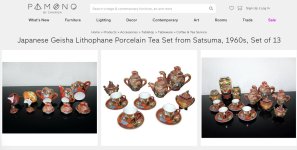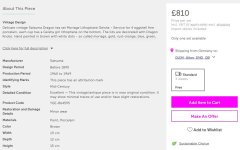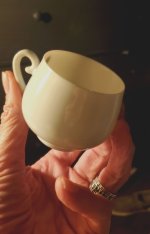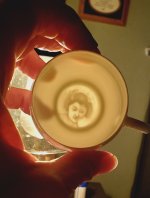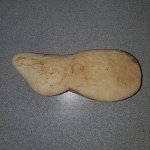I am curious if anyone can guide me with the value of my tea set.
It is made in Japan and my mother had it for 30 years and I have had it for 20 years- a total of 50 years at least.
The set is handmade, has two different drawings but the same colors, it has a lithophane
Thank you
It is made in Japan and my mother had it for 30 years and I have had it for 20 years- a total of 50 years at least.
The set is handmade, has two different drawings but the same colors, it has a lithophane
Thank you

Attachments
-
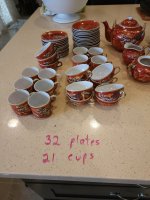 20221227_111802.jpg1.4 MB · Views: 26
20221227_111802.jpg1.4 MB · Views: 26 -
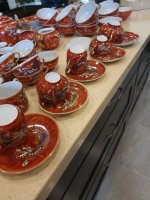 20221227_111117.jpg1.3 MB · Views: 24
20221227_111117.jpg1.3 MB · Views: 24 -
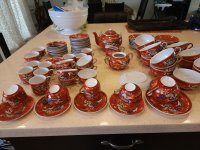 20221227_111124.jpg1.4 MB · Views: 23
20221227_111124.jpg1.4 MB · Views: 23 -
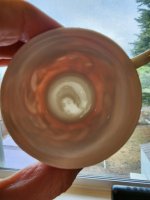 20221227_105434.jpg1 MB · Views: 24
20221227_105434.jpg1 MB · Views: 24 -
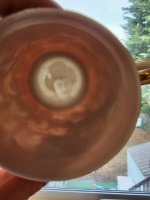 20221227_105523.jpg1.1 MB · Views: 28
20221227_105523.jpg1.1 MB · Views: 28 -
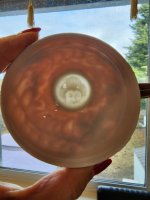 20221227_105942.jpg1 MB · Views: 27
20221227_105942.jpg1 MB · Views: 27 -
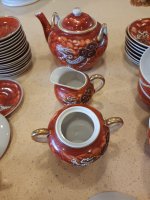 20221227_110801.jpg1.4 MB · Views: 21
20221227_110801.jpg1.4 MB · Views: 21 -
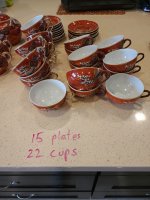 20221227_111757.jpg1.4 MB · Views: 28
20221227_111757.jpg1.4 MB · Views: 28



